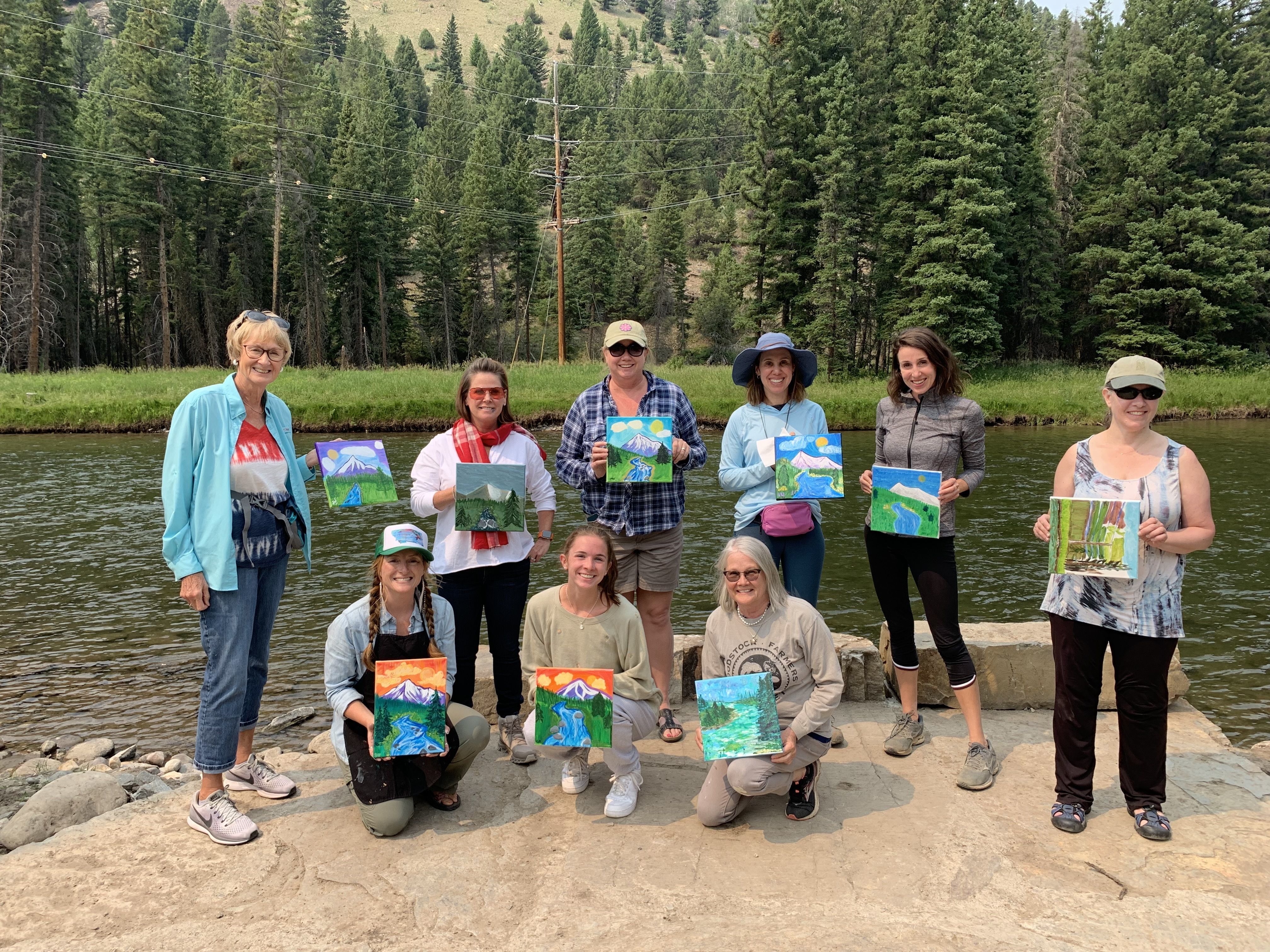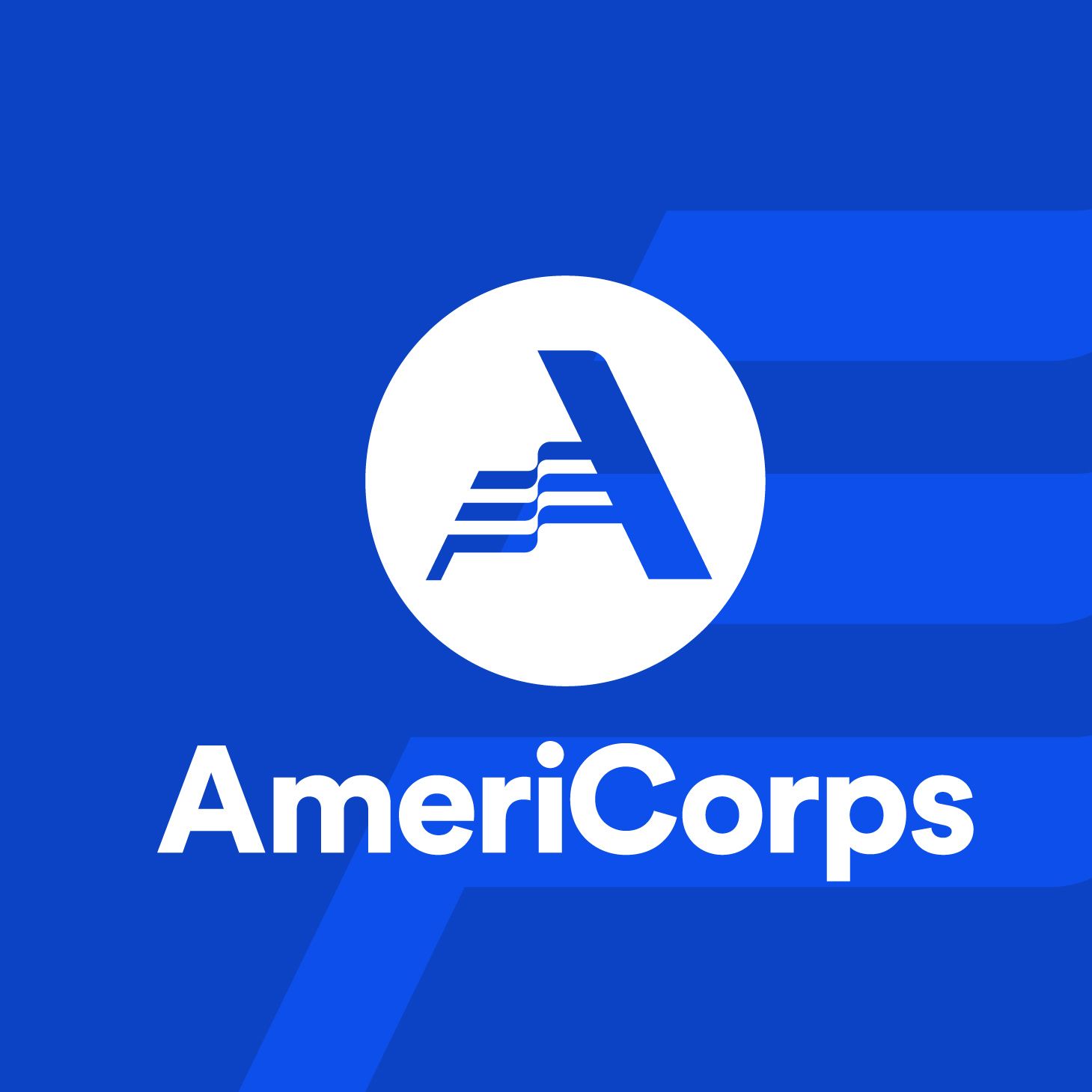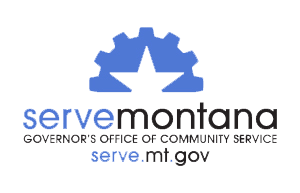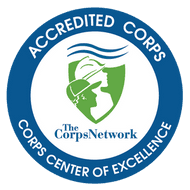
The Gallatin River Task Force (GRTF) has hosted MCC Big Sky Watershed Corps (BSWC) members since 2011 when the BSWC program was launched. More recently, the Gallatin River Task Force has also hosted three and five-month Conservation Interns and Fellows and engaged MCC field crews for willow planting and restoration projects. MCC sat down with Gallatin River Task Force Chief Executive and Science Officer, Kristin Gardner, PhD, to discuss this longstanding partnership and what keeps GRTF coming back for more MCC.
MCC: What is a benefit of having the AmeriCorps members serve with your organization?
K: The BSWC and Conservation Intern/Fellows programs have been integral in allowing the Gallatin River Task Force to grow. When I first brought on a BSWC member in 2011, I was the only part-time employee. Having the BSWC members, and now the fellows, has allowed my team to step back from daily program activities to focus on planning, fundraising, and growing the organization.
The MCC corps members also bring a lot of young energy to our organization. They bring new ideas and perspectives, which are important to better understand perspectives in our own community. Our board and community loves learning from and getting to know them.
MCC: How do the members help you meet your organization’s priorities?
K: The AmeriCorps members help us meet goals in each of GRTF’s strategic priorities: Credible Science, which involves watershed monitoring; Healthy, Resilient Streams, which involves restoration project work and water conservation; Building our Engaged Community through outreach activities; and Thriving Organization, which is an internal objective.
MCC: What are the strengths of the IPP program?
K: MCC provides a lot of training to its corps members that they wouldn’t necessarily receive elsewhere. It creates a great network of fellow members to reach out to for support with similar issues. MCC also provides guidance by meeting with members regularly and making sure they get what they need out of the program. MCC is concerned with the experience of both the members and the host sites.
MCC: What are the Members doing this year?
K: We have one BSWC member and one Conservation Fellow. We are participating in a 4-year study with the Department of Environmental Quality to research algae and nutrients, and our BSWC member is leading the effort. She is also leading new outreach programs to get people to connect with the river through activities like fly fishing, painting (pictured above), or birdwatching. Our Conservation Fellow is working on the Trout Friendly Landscaping initiative. This involves community education on landscaping that protects the river, like using less water, more native plants, and less fertilizer. He has been going to Home Owners Associations and giving recommendations for properties. He even gave a native plants garden walk with a few community members. He has really brought this program to the next level.
MCC: What are some organizational outcomes that the members have contributed to?
K: Our BSWC members were instrumental to starting and running the Big Sky Water Conservation Program in 2016 - the second in the state. We did not have the capacity to do that without them. Through this program we have conserved over 6.6 million gallons of water through 136 toilet rebates, 30 clothes washer rebates, 15 showerhead rebates, and 45 shower heads swapped.
In the earlier days of the Gallatin River Task Force, we worked at local schools to build water curriculum. We got kids on the river, learning about ecology and designing restoration projects. Now the schools have their own curriculum but we come in and help out. This year, our BSWC member Jessica and I went into a new grade (5th) and taught 38 students about water conservation. At the end of the year they complete projects for an exhibition for their parents and the rest of the school. Seven of the students chose water, so we mentored them through biweekly meetings while they researched and asked questions.

![[Image Description: Two MCC members are walking away on a rocky trail, carrying their packs, surrounded by burnt orange bushes. Through the haze in the background, there are a multitude of mountains, overlapping one another.]](https://cdn.firespring.com/images/7ba12407-5e3a-41c1-b4b4-f00aac9d37a1.jpg)



